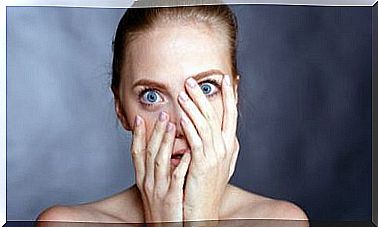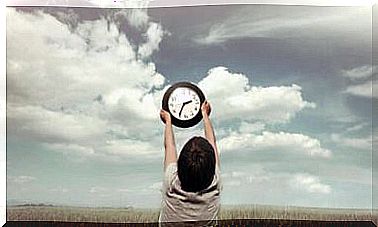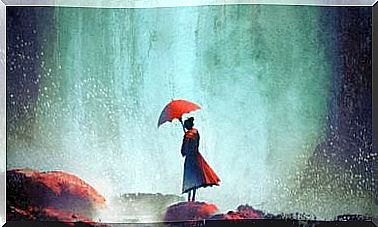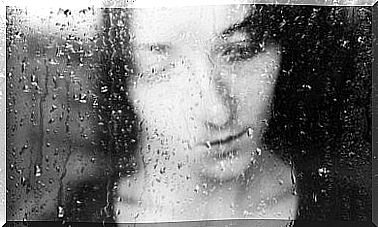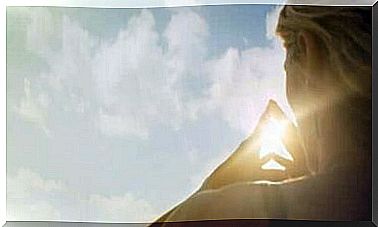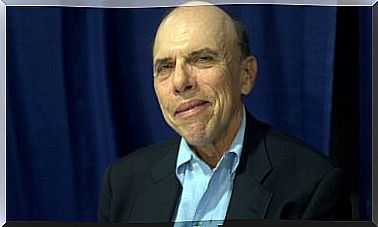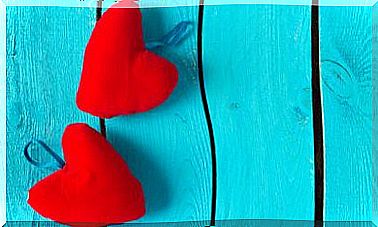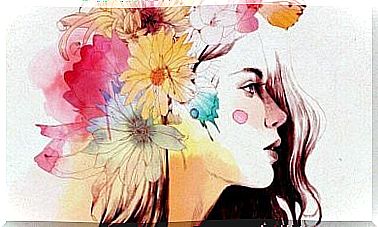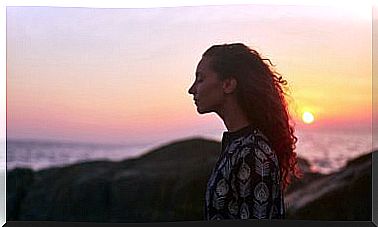Be The Black Sheep In A Flock Of White Sheep
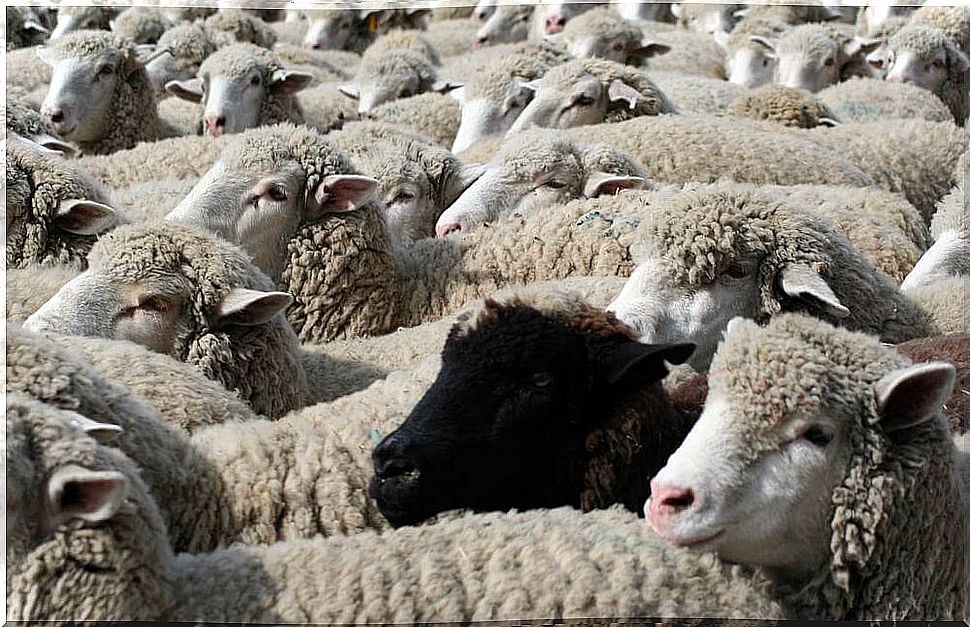
We live in a society that criticizes the different, in which we are used to thinking like others, to being white sheep. We think and believe what gets into our heads, without reorganizing our thoughts in many cases, because we take the majority opinion as true. We don’t want to be “black sheep”.
Our thoughts are determined by our learning, education and culture… so, many times, we open our own field of thought, we don’t reformulate our opinions to act in another way. Why? Well, if everyone thinks, does and says “this” about “this subject”…
In many areas of our life, we live under strong thought manipulation.
But what is a thought?
It is what is extracted from existence through intellectual activity, a product of the mind.
Different types of thoughts are distinguished, according to the activity in question:
Deductive thinking: from the general to the particular.
Inductive thinking: ranging from the particular to the general.
Analytical thinking: consists of separating the whole into identified or categorized parts.
Systematic thinking: a complex vision of multiple elements with their different interrelationships.
Critical thinking: assesses knowledge.
Creative thinking: one that uses the modification of something, inducing novelties.
Interrogative thinking : thinking through which questions are asked, identifying what is interesting to someone about a certain topic.
Social thinking: the thinking that each person has within society.
The Black Sheep and Divergent Thinking
Divergent thinking, also known as lateral thinking, will be defined as that which differs, diverges or separates, that is, the search for alternatives or creative and different possibilities for solving a problem. Divergent thinking would be included within creative thinking as it is more related to imagination. The term divergent thinking was coined by Eduward De Bono, who claimed that it is a way of organizing thought processes through unorthodox strategies. He can be trained with techniques that help to look at an object from different points of view, promoting change and overcoming, both social and personal.
The creative person (with divergent thoughts) does not differ from those who are not because they are more intelligent. The basic difference is in the personality traits, through many qualities such as cognitive characteristics, perceptual sensitivity, imagination, critical capacity, intellectual curiosity, affective characteristics, self-esteem, resourcefulness, passion, audacity, depth, tenacity, frustration tolerance, ability to decision…
As an example, I propose two riddles. At the end of the article, I’ll put the solutions:
EARRING IN COFFEE. This morning there was an earring in the cafe. Even though the cup was full, the earring did not get wet. How is it possible?
TWO CANS OF WATER. We have two cans full of water and a big empty container. Is there a way to get all the water into the big container so you can tell which water came out of each can?
After explaining the meaning of divergent thinking and all that characterizes it, we can see very clearly that it is minimally promoted in our current education (although it is something that varies culturally and from one family to another). In the educational social sphere, it shines through its absence. Generally, we are instructed to think in a CONVERGENT way (since, in this way, the population is more manipulable), describing, on many occasions, creative people as rebellious or undesirable for not submitting to the rules, thoughts and proposed solutions by the majority.
A clear example is that creative children (active, independent and often uncomfortable for their educators) are considered to have attention deficit or surplus disorders, when, in most cases, they just need a more creative type of stimulation. , rich and that differs from traditional education.
We need to foster divergent thinking; we cannot be a flock of white sheep. Skip the traditional no matter what others think; be the “black sheep” because being different is not a bad or unpleasant thing. Being different opens us to creativity, restlessness and the opportunity to learn about new experiences.
Solutions to riddles
The erroneous assumption is that coffee means “liquid”. The earring fell into a cup of coffee beans.
Think about ice. Freeze the contents of the cans and place the contents in the container like two pieces of ice.
Photo courtesy of Lee O’Dell
